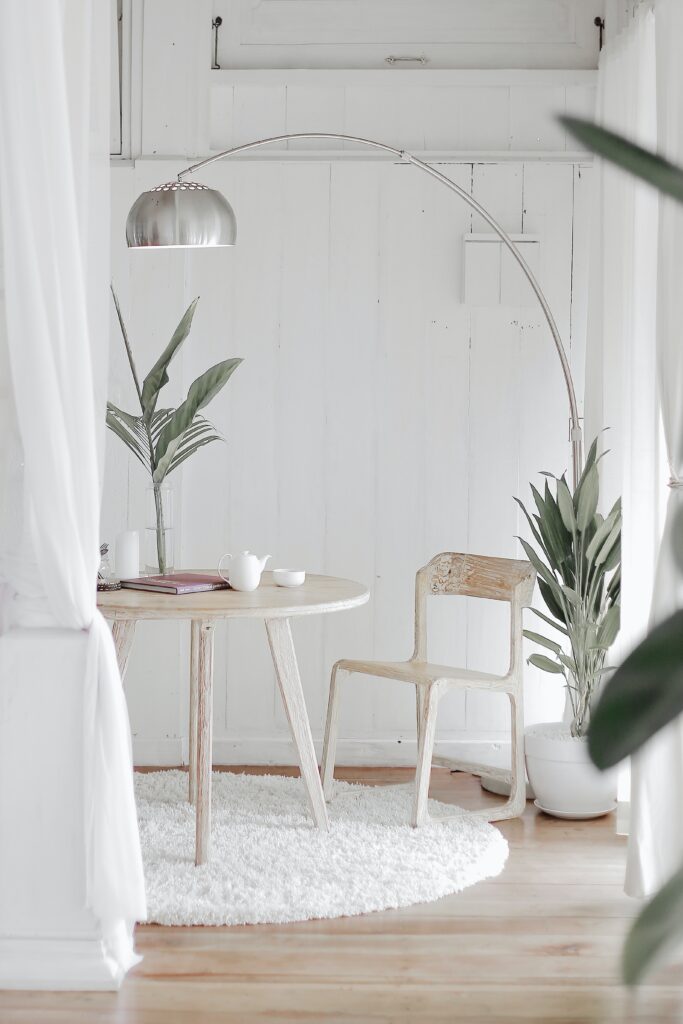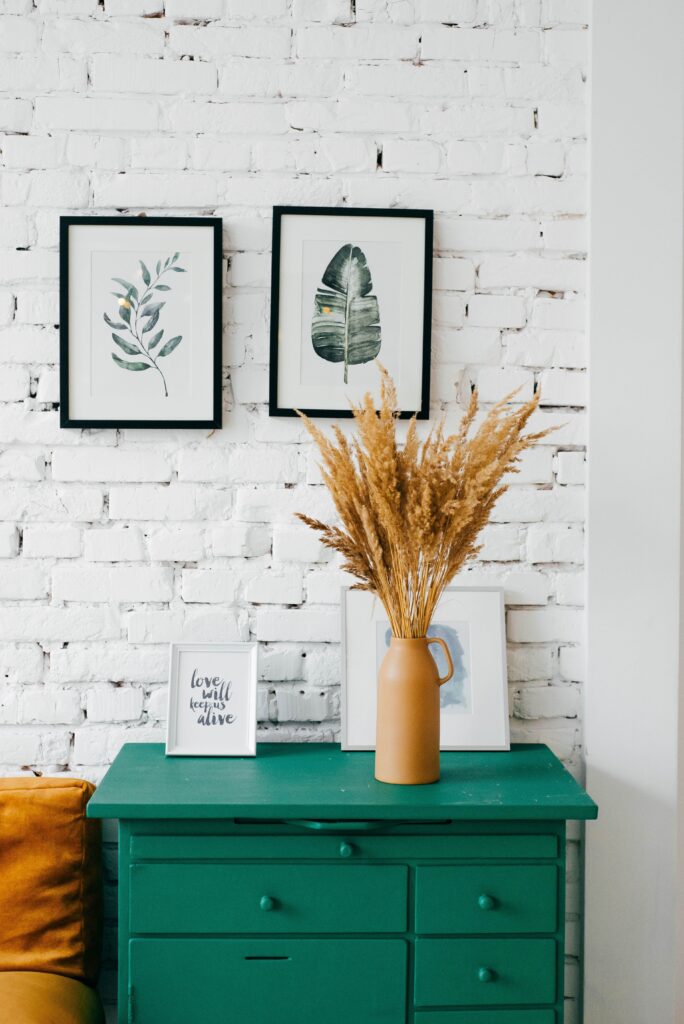Less Clutter, More Calm- Here’s How

Think of decluttering as the opening move that makes all other organizing goals more achievable. More shelf space is lovely, but more mental space is the real game changer. What will you do with yours?
Step 1- The Preparation
First, it’s essential to get everyone in on the process to ensure buy-in. Confer with your team. Without collaboration, it’s unlikely anyone will honor your unilateral decisions on where things should live. You can start by sparking your family’s interest through a key shared space transformation. Think mudroom or kitchen. Negativity is contagious. Positivity is contagious. So is organizing. Usually, the less interested parties just need to see progress in one area for them to get on board. Ask everyone to put down ideas on how your home could function better. Then delegate jobs based on strengths: if your wife loves to garden, she can sell items on Nextdoor, your teenager can drive things to the recycling center, and your 6-year-old can test the pens in the office.
Plan your attack by asking your family which areas bother them the most on a daily basis. By tackling these pain points first, they’ll likely see the most meaningful results. Consider using time blocks too. Reserve up to an hour a few times a week or a two-hour weekend stretch. Place these reminders on the family calendar and stick to them because consistency, is really what matters most.
Gather supplies such as a full-length mirror for try-ons and heavy-duty trash bags for sorting castoffs. Use a permanent marker and Super Sticky Post-It Notes to label the bags for donation, tailoring, sales, and recycling (for items that are no longer considered usable). Use this similar strategy for other areas of your home.

Step 2- The Purge
This is what I like to call, “Getting in the zone”. You can set a timer each time you dive in—as this helps you keep a steady pace. Turn off any distractions, like the TV, or your phone, and instead put on a podcast episode or music playlist you enjoy that you can zone out to.
Sort and edit by bringing three sturdy bags into every room: one for the trash, one for donations and one for items that would be better stored some place else. Large, garbage bags, the ones you can tie closed, discourage rethinking. For bulky housewares and furniture, use bright dot stickers (such as the type you see at garage sales). Use them to mark the categories. Remember to first clear out anything that’s a no-brainer (worn-out shoes, obsolete sports equipment). Once that’s been done, sort out items, keeping like with like. In the entry way, group each person’s belongings. In the closet, keep blouses together and pullovers in their own pile. And as you work, identify what else you can get rid of. Clothes can be hard to let go of, but here’s a rule: if you haven’t used it in a year, it should go.
Move things out of sight. As the bags start to get full, remove them from the space. Haul them to the dump and donation center or if you’re planning to host a garage sale, create a temporary declutter zone. Items that should live in other parts of the house can move to that zone too, but don’t worry too much about giving them a perfect home just yet. Delegation is key. Delegate the task or make finding a home for them your next pet project. The cardinal rule of every professional organizer is assigning every item a home. Every item needs one home. Think about storage options you already own that you can repurpose and have your family members help come up with creative ways to store things. If you need to purchase extra containers, check out the containerstore.com. Make a detailed list first to avoid overbuying.
Once done, you can make temporary labels with a marker and bright tape or use a label marker for a long-lasting ID.

Step 3- Post-Cleanse
Reward yourself for a job well done! Plan a little treat after each work session and offer the kids an incentive, like ice cream or a trip to the movies. Layering in pleasure keeps the organizing process uplifting and transformative, not like drawn-out punishment! Try not to reward yourself with an extra shopping spree—this will only lead to new clutter.
Fight future clutter by taking an after photo to capture what you’ll strive to maintain. Adopt a hands-on mantra such as, “Never leave the room empty-handed”. When shopping, think about where new purchases will live and what you can get rid of to offset them. One in-one out is the cardinal rule of professional organizers.
Dealing with sentimental clutter—As you come across memorabilia you just can’t get rid of, set it aside as homework. Later, work with a family member or an impartial, trustworthy friend to determine what’s worth the real estate. Place the item in question in a prominent spot (in a cabinet or closet) and mark it with a sticky note that says “expires two months from now”. If you don’t reach for the piece within that timeframe, you know what to do!
Do not store up for yourselves treasures on earth, where moths and vermin destroy, and where thieves break in and steal. But store up for yourselves treasures in heaven, where moths and vermin do not destroy, and where thieves do not break in and steal. For where your treasure is, there your heart will be also. (Matthew 6:19-21)
**Erica weaves themes of transformative hope and grace-filled leadership into everything she shares on her blog. She’s an author, a speaker, and a life coach, who offers honest encouragement and road-tested wisdom about topics ranging from leadership and lifestyle, to discovering your God-crafted identity, design, and purpose.
This post is sponsored by: https://hype.co/@ericakenechi